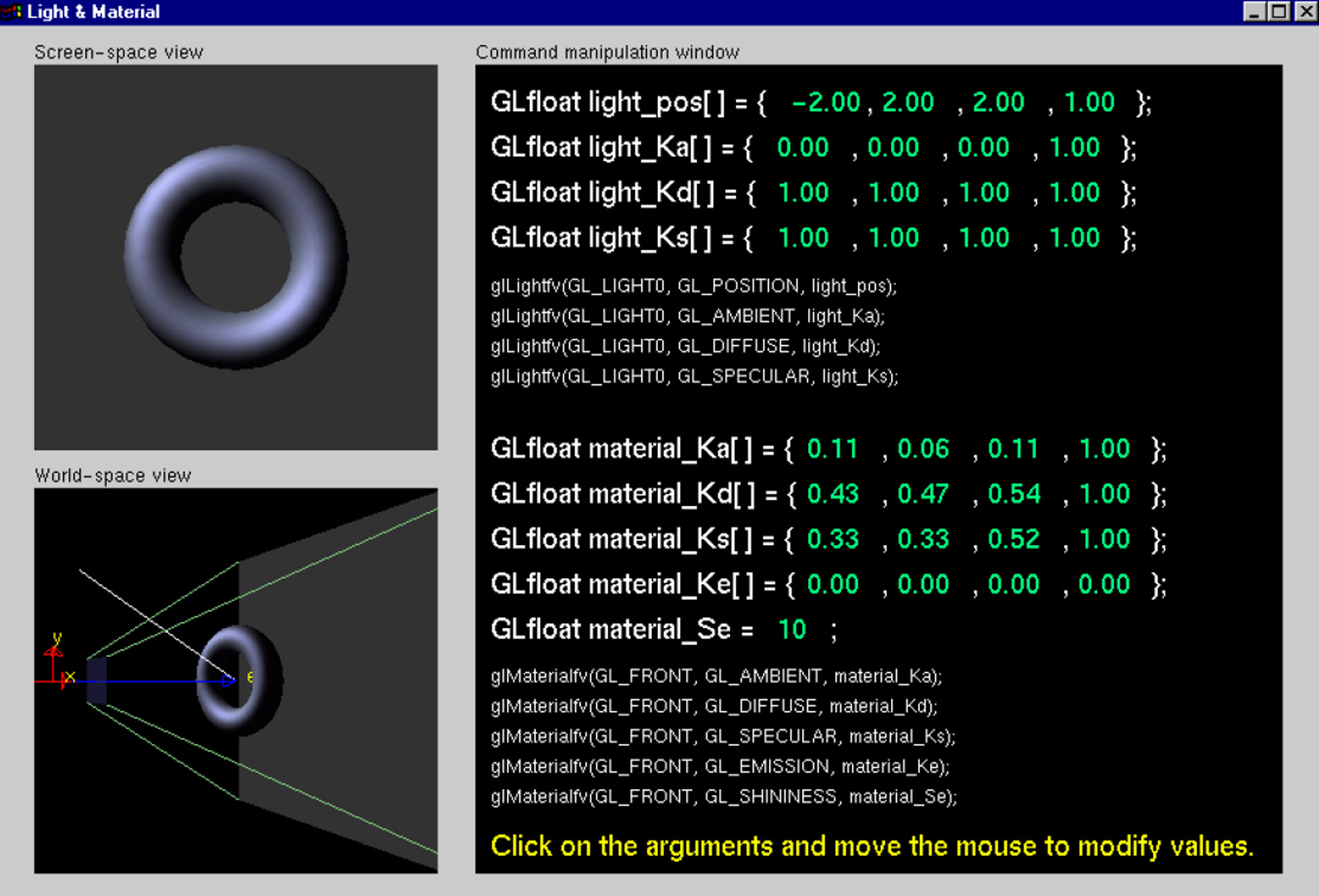“An Introduction to Programming with OpenGL and OpenGL ES” by Shreiner and Angel
Conference:
Type(s):
Title:
- An Introduction to Programming with OpenGL and OpenGL ES
Presenter(s)/Author(s):
Abstract:
OpenGL, and its derivative API OpenGL ES, are among the most widely available programming libraries for computer graphics applications, and are used for almost every discipline of computer graphics: research, scientific visualisation, entertainment and visual effects, computer-aided design, interactive gaming, and many more. This course provides an accelerated introduction to creating applications using the OpenGL application-programming interfaces (API). It covers fundamental topics such as modeling, lighting, depth buffering, and texture mapping, and introduces advanced topics such as using vertex and fragment shaders.
The course introduces OpenGL’s operation through more than just code snippets and static images. It utilizes several applications that introduce various subsets of the OpenGL API (for example, lighting or texture mapping). And it includes tutorials that allow attendees to interactively modify the values passed into OpenGL and immediately see the resulting images.
Topics include how OpenGL represents geometric objects; how lighting, texture mapping, anti-aliasing, and other supported features are applied; and how to use pixel images, both in elementary image processing and imagery for texture maps. The OpenGL Shading Language (GLSL) is introduced using both vertex and fragment programs. Advanced topics, whose scope precludes a detailed discussion in an introductory class, are introduced with references for further study.
Additional Information:
Prerequisites
Ability to read simple programs written in the C language. No previous experience writing graphics programs is required. Knowledge of basic concepts from linear algebra (vector notation and matrix multiplication) is useful but not required.
Intended Audience
Novice graphics programmers who want to learn how to author interactive, 3D, graphics applications using OpenGL and OpenGL ES.





